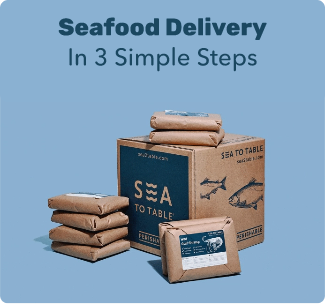
A lot of “Organic” labels are popping up at the fish counter today, usually commanding a premium price. You might also see labels like “antibiotic free salmon” or “Chemical free fish”. But what do these claims really mean, and are they worth the hit to your wallet?
What Does the “Organic” Fish Label Mean?
The first thing you should know about “organic” fish is that the designation isn’t official. It doesn’t come from the National Organic Program or include the U.S. Agriculture department’s “certified organic” seal. The second thing to know is that most “organic salmon” is imported, and all of it is farmed. Strangely enough, wild Salmon from pristine American waters do not qualify for the USDA organic designation. To be certified organic in the United States, animals need to be in controlled living environments and fed only organic foods. Salmon are carnivorous migratory fish and only eat other fish, or in the case of farmed salmon, fish-based foods. It’s a catch-22. Since no fish can be certified organic there are no organic fish to feed other fish. This makes all carnivorous fish ineligible for the organic certification. So without the “organic” label, your choice really boils down to wild or farmed.
Are There Antibiotics in the Fish I Buy?
If you are buying wild fish, the answer is no. However, for farmed fish the answer is not as simple. In well-managed, uncrowded and clean facilities, farmers can eliminate the need for antibiotics and raise antibiotic-free fish. Those would come one step closer to the organic designation. But the vast majority of aquaculture facilities use antibiotics to cure the diseases that can be caused by overcrowding and filth.
Antibiotics used in fish farming include tetracycline, an important drug for curing infections in humans. When we ingest this fish we also ingest the antibiotics. In subtherapeutic doses they can actually increase the chance of developing a resistant infection. Farmed fish antibiotics also present a danger to fish in the wild, as it can contaminate surrounding waters and lower resistance in wild stocks. In addition, the experimental use of synthetic growth hormones in fish is similarly problematic to antibiotics in aquaculture, as well as genetic modification.
The best way to ensure the fish you buy is antibiotic free fish is to buy only wild fish from sustainable, well-managed American waters, like the fish sold by Sea to Table. 100% of our offerings are wild, antibiotic-free and the healthiest you can buy.
If you are looking for the benefits of an organic product: chemical free, antibiotic free, free-range, sustainable and environmentally responsible, stick to wild caught fish, and bypass “organic” farmed fish.
← Older post Newer post →

